Anti-Trump Judge Boasberg Assigned To Lefty Lawfare Group's 'SignalGate' Suit
Authored by Debra Heine via American Greatness,
The activist federal judge who tried to thwart the Trump administration’s deportation flights to El Salvador earlier this month has been assigned to a left-wing lawfare group’s lawsuit related to the “SignalGate” nontroversy.
Embattled U.S. District Judge James Boasberg will handle the lawfare case alleging that Defense Secretary Pete Hegseth and other Trump officials violated record retention laws.
Specifically, the lawsuit alleges that the officials’ use of an encrypted app that allows messages about government business to be erased is a violation of the Federal Records Act.
But as CIA Director John Ratcliffe explained in his testimony before the Senate Intelligence Committee Tuesday, the use of Signal among intelligence officials is permissible, routine, and precedes the current administration.
Jeffrey Goldberg, editor-in-chief of The Atlantic, was somehow included in a Signal group chat discussing plans about a forthcoming attack on Houthis in Yemen. Goldberg publicized the chat in the Atlantic on Monday, withholding details purportedly over national security concerns.
After multiple Trump officials denied that any “classified materials” or “war plans” were discussed, the Atlantic on Wednesday published the entire group chat, showing that Secretary of Defense, Pete Hegseth had posted the “exact times American aircraft were taking off for Yemen” 31 minutes before the first warplanes launched.
Hegseth hit back with a statement on X, Wednesday, saying:
“So, let me get this straight. The Atlantic released the so-called “war plans” and those ‘plans’ include: No names. No targets. No locations. No units. No routes. No sources. No methods. And no classified information. Those are some really shitty war plans. This only proves one thing: Jeff Goldberg has never seen a war plan or an “attack plan” (as he now calls it). Not even close.”
The Defense Sec added:
“As I type this, my team and I are traveling the INDOPACOM region, meeting w/ Commanders (the guys who make REAL “war plans”) and talking to troops. We will continue to do our job, while the media does what it does best: peddle hoaxes.”
The lawsuit against Hegseth, Director of National Intelligence Tulsi Gabbard, CIA Director John Ratcliffe, Secretary of State Marco Rubio, and Secretary of the Treasury Scott Bessent was brought by the activist litigation group “American Oversight.”
Although frequently referred to as a “nonpartisan watchdog group” in the media, American Oversight was launched in March 2017 specifically to conduct lawfare against President Trump during his first term in office, according to Influence Watch.
The group formed shortly after a now infamous confab took place at a Florida resort, where more than 100 “liberal mega-donors” met to hear Media Matters founder and Clinton-aligned operative David Brock proposed a lawfare operation to produce a “steady stream of open records requests” and lawsuits against Trump with the ultimate goal of defeating him in 2020 or “through impeachment.”
AO claims to be “the top Freedom of Information Act litigator investigating the Trump administration,” with more than 1000 open records requests filed in 2018 – an average of four requests made every business day. In addition, it reports 56 lawsuits filed during the year (more than one per week). The website also provides searchable databases for both the open records documents and the overall investigations to which those documents pertain.
President Trump clashed with Boasberg last week over the judge’s decision to stop flights deporting alleged Venezuelan gang members to El Salvador under the Alien Enemies Act.
Of those deported, 101 were TdA Venezuelans, 21 were Salvadoran MS-13 gang members, and two were MS-13 ringleaders and “special cases” for El Salvador, according to Fox News. Their offenses reportedly include “kidnapping, sexual abuse of a child, aggravated assault, prostitution, robbery and aggravated assault of a police officer.”
Judge Boasberg, an Obama appointee and key Russia hoax player, ordered an immediate stop to the deportations so he could have more time to consider whether Trump’s use of the Alien Enemies Act was legal. Incredibly, the judge ordered planes that were already in the air to turn back to the United States.
The next morning, El Salvador President Nayib Bukele posted on X, “Oopsie … Too late,” with a laughing emoji.
The Trump administration’s refusal to comply with the judge’s order prompted a sharp response by Boasberg, who demanded answers. The matter is now being played out in the courts.
On Truth Social, Trump called for Boasberg’s impeachment, calling him a “Radical Left Lunatic of a Judge, a troublemaker and agitator who was sadly appointed by Barack Hussein Obama.”
“This judge, like many of the Crooked Judges’ I am forced to appear before, should be IMPEACHED!!!” Trump wrote on March 18.
Trump’s outburst prompted a rare rebuke from Chief Justice of the Supreme Court John Roberts, who stated, “impeachment is not an appropriate response to disagreement concerning a judicial decision.”
Tyler Durden Wed, 03/26/2025 - 20:05


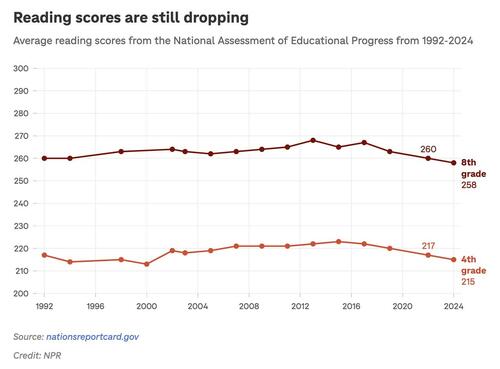







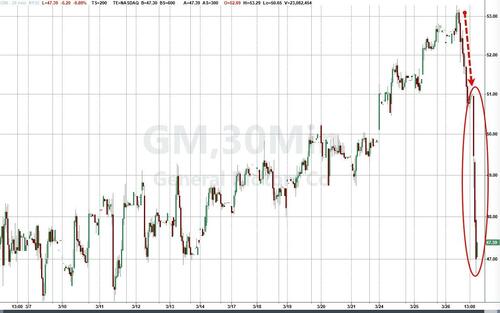
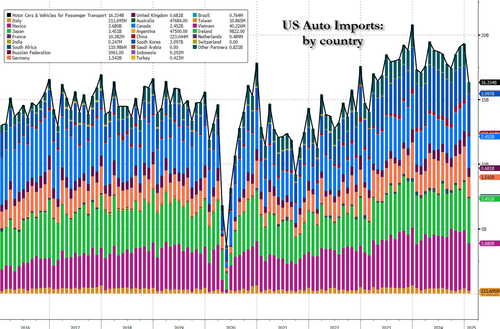
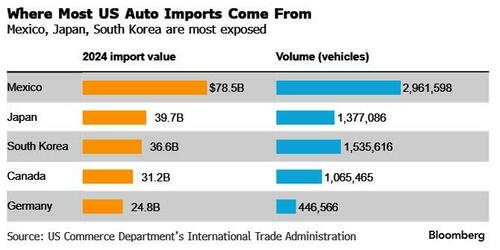



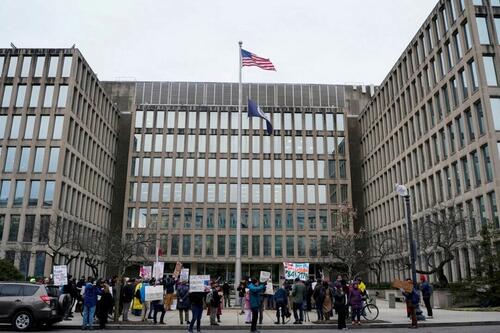
 Unarmed and posing no threat of death or serious harm, Babbitt was shot to death by Capitol Police on Jan. 6 (via
Unarmed and posing no threat of death or serious harm, Babbitt was shot to death by Capitol Police on Jan. 6 (via 

 Scene at Belarusian border, via LRT
Scene at Belarusian border, via LRT Via BBC
Via BBC Satisfaction guaranteed. If it doesn't work for you, simply ask for a refund...
Satisfaction guaranteed. If it doesn't work for you, simply ask for a refund... Via Associated Press
Via Associated Press
Recent comments